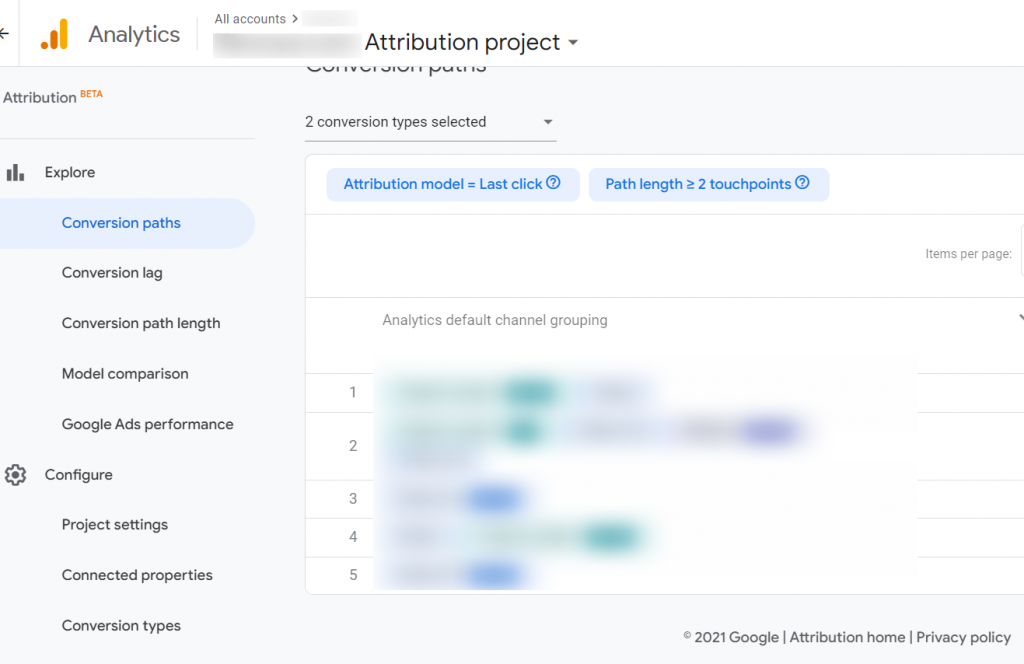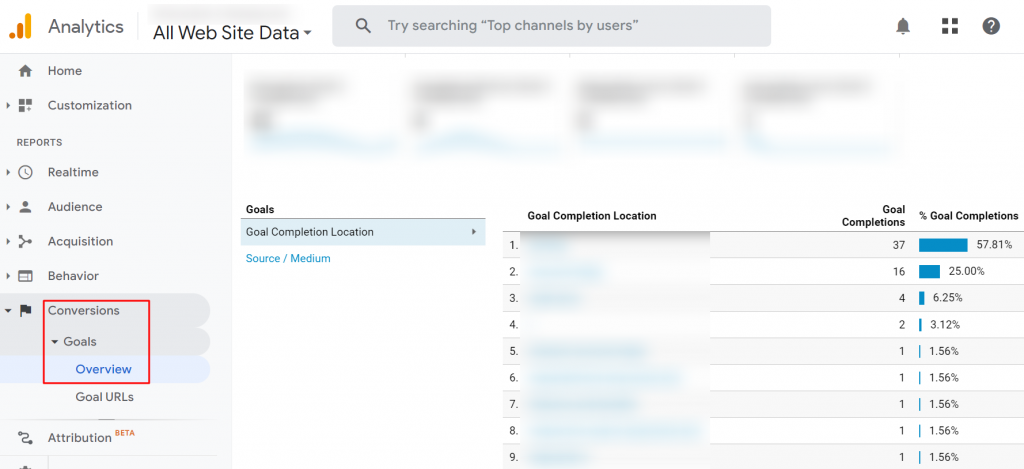Running ads on Google is an important step for advertisers wanting to promote their products or services. Further to it, understanding its performance becomes pivotal for its sustainable success.
One such way to help you dig deeper into your Google Ads performance is through another of Google’s properties, i.e., Google Analytics.
Why Google Analytics?
Google Analytics is a powerful tool that can be used to optimize your Google Ads campaign. Using it in conjunction with Google Ads helps gain deeper insights into your ad campaigns’ performance and develop a better understanding of your website visitors’ behavior. You can use the data from Google Analytics to identify the most profitable keywords, ad groups, and campaigns. You can use this information to optimize your bids and budget allocation.
Overall, using Google Analytics can help you make data-driven decisions to improve the performance of your Google Ads campaign.
How to get started with Google Analytics for Google Ads?
Here are some steps you can follow to link Google Analytics to your Google Ads campaign
1. Connect your Google Analytics account to your Google Ads account. This will allow you to see the performance of your Google Ads campaigns within Google Analytics.
2. Set up conversion tracking in Google Analytics. This will allow you to track the actions that users take on your website after clicking on your Google Ads.
3. Enable auto-tagging in Google Ads. Auto-tagging automatically adds Google Analytics tags to your ad URLs, allowing you to see detailed information about your ads’ performance in Google Analytics. To enable auto-tagging, go to your Google Ads account, click on “Settings,” and then click on “Account Settings.” Under “Tracking,” make sure the “Auto-tagging” option is turned on.
How Google Analytics can help build your Google Ads campaign?
1. Use the audience insights in Google Analytics to refine your targeting. You can identify the demographics and interests of your most valuable customers and use this information to create targeted campaigns.
2. Use the behavior flow report in Google Analytics to identify any bottlenecks in your conversion funnel. You can use this information to make changes to your website and landing pages to improve your conversion rate.
3. Use the attribution reports in Google Analytics to understand the impact of your Google Ads on different stages of the customer journey. You can use this information to optimize your ad copy and targeting to drive more conversions.
4. Use the conversions report to see the overall performance of your website’s conversion goals. You can use this report to see which Google Ads campaigns are driving the most conversions and which ones need improvement.
What metrics must you track in Google Analytics?
Here are some important metrics to track in Google Analytics for your Google Ads campaign:
- Clicks: This measures how many times users click on your ads.
- Impressions: This measures how many times your ads are shown to users.
- Click-through rate (CTR): This measures the percentage of clicks you receive out of the total number of impressions.
- Cost-per-click (CPC): This measures the average cost for each click on your ads.
- Conversions: This measures the number of completed actions on your website after a user clicks on your ad, such as a purchase or form submission.
- Conversion rate: This measures the percentage of clicks that result in a conversion.
- Cost per conversion: This measures the average cost you pay for each conversion.
- Revenue: This measures the total amount of revenue generated from your conversions.
- Return on ad spend (ROAS): This measures the revenue generated from your ads compared to the amount spent on the ads.
- Bounce rate: This measures the percentage of users who leave your website after viewing only one page.
By tracking these metrics, you can better understand the performance of your Google Ads campaign and make decisions to optimize your ad spend and increase conversions.
You could also check our posts on varied topics around Google Ads and learn about optimization tips
Note: Karooya’s Negative Keywords Tool is now free for accounts with ad spend less than $10,000 per month. Save 10-20% of your search ad spend for free. Sign up and start saving your ad budget now
Related Links:








Stop the wasted ad spend. Get more conversions from the same ad budget.
Our customers save over $16 Million per year on Google and Amazon Ads.